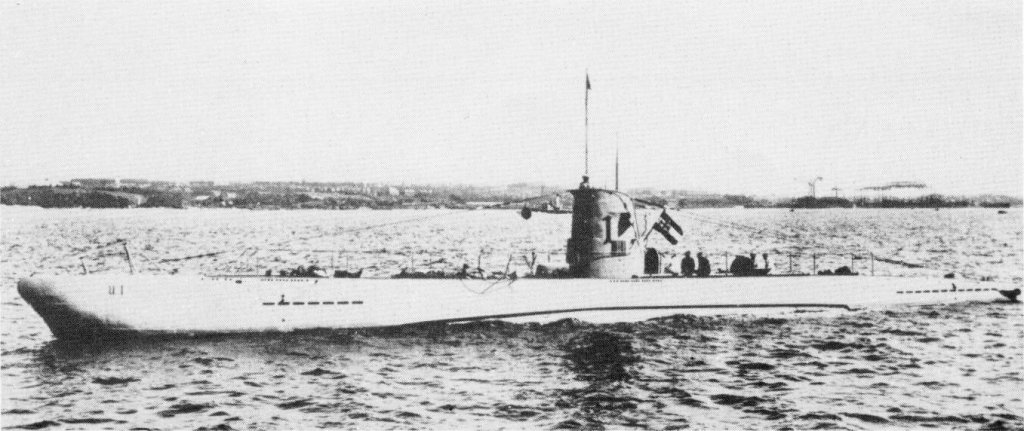

With the exception of u-boats, the German navy doesn’t get a lot of attention for its role during World War II, but the Kriegsmarine brought the war to the most remote parts of the world. Germany sent out an entire fleet of ships just to raid Allied commercial ships and supply transports – and it was a good strategy.
The Germans outfitted nine merchant cruisers with guns and torpedo tubes and the weapons weren’t completely obvious to observers. These merchant pirates also often disguised themselves as ships from neutral countries in order to pass undetected or approach enemy vessels.
These ships operated in the warm waters of the Indian and Pacific Oceans, where enemy merchant, fishing, and whaling fleets were in operation. The ships stopped at the Kerguelen Islands, a sub-Antarctic group of islands that are among the most isolated on earth, to stop, rest, and refuel.
In December 1940, with World War II in full swing in Europe, the German auxiliary cruiser Atlantis stopped on the islands to replenish its water supply. One of its sailors fell to his death while painting the ship and was buried there. It is today the most remote German war grave of the second world war.

The fleet of cruisers continued wreaking havoc on Allied shipping until the last ship was sunk in the middle of the war. But that didn’t stop the Nazis from sending its ships to the four corners of the globe, especially in Antarctica.
While looking for German submarines, the British extended their search for u-boats to the southern continent. The British wanted to establish bases on the continent to help continue the search for hidden Nazi submarines, and in doing so took over old Norweigian whaling bases. These abandoned structures were converted to scientific and polar research stations as the war progressed.
Though the British didn’t find Nazis in their new bases, their effort wasn’t unfounded. Germany had sent expeditions to Antarctica, but it wasn’t for raiding commercial vessels or hiding u-boats, they were looking for fat.
In the days leading up to World War II, Germany imported much of its fat-based products and Adolf Hitler didn’t want the German people to go without products like detergents, candles, paint, and margarine. At the time Germans consumed a lot of margarine and the best way to get margarine was still whale oil.
In an effort to make Germany more self-sufficient. Hitler ordered a polar expedition to establish an Antarctic base for whaling. Along with an icebreaker ship, the expedition included aircraft, cartographers, and photographers to claim a slice of the continent for Nazi Germany. It failed, however, to establish a permanent base on Antarctica. After less than a year, the expedition returned to Germany.

The lasting memory of Nazi Germany’s expedition to the frozen south is the persistent rumor that lasted well after the war was over. Rumors abounded of a secret Nazi submarine base on Antarctica, with one rumor even saying that’s where Hitler escaped after the fall of Berlin in 1945.
All of those are just rumors. There was little evidence of the Nazi German polar expedition ever found. Even the little metal swastikas the expedition was supposed to drop as a claim to the continent were never found. Much of its research was either lost in the war or remained classified for years after.
